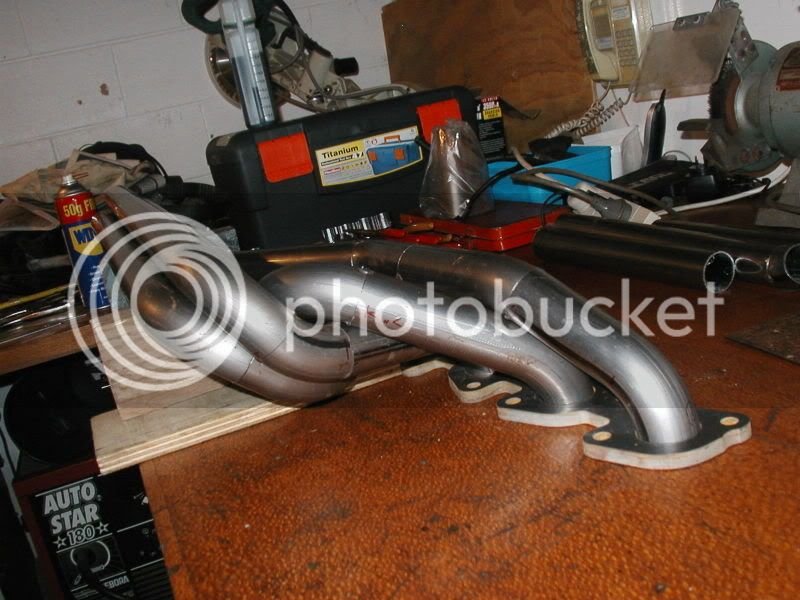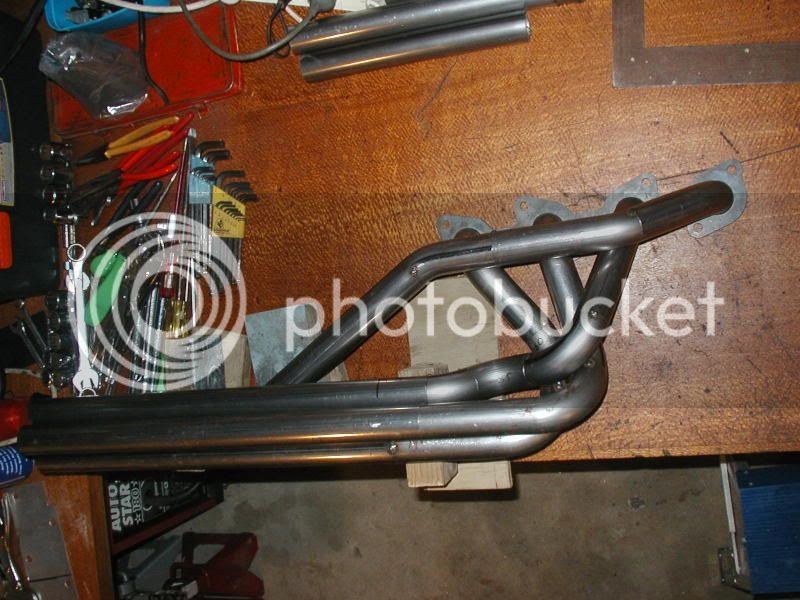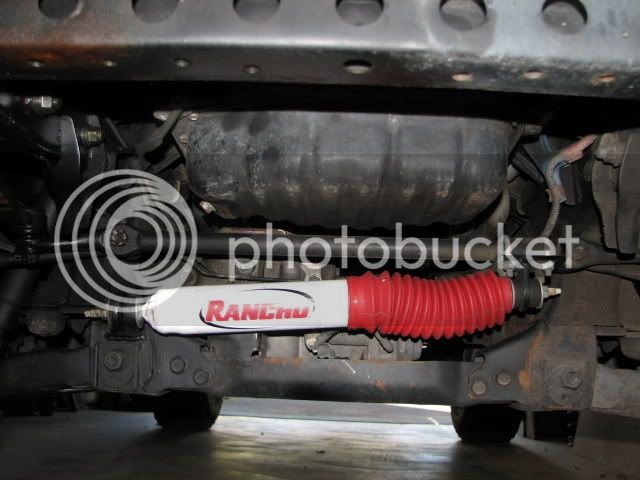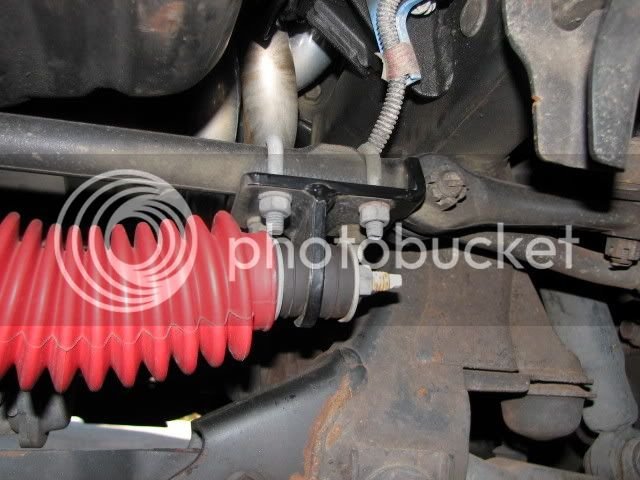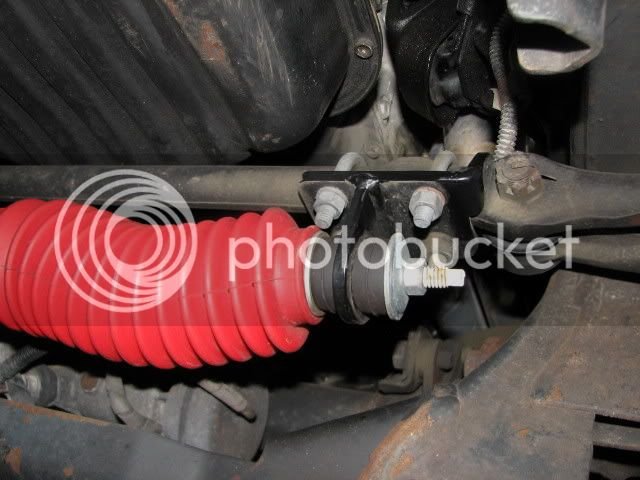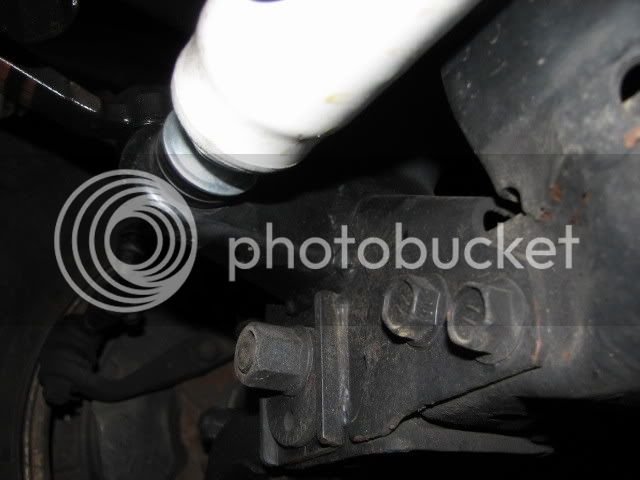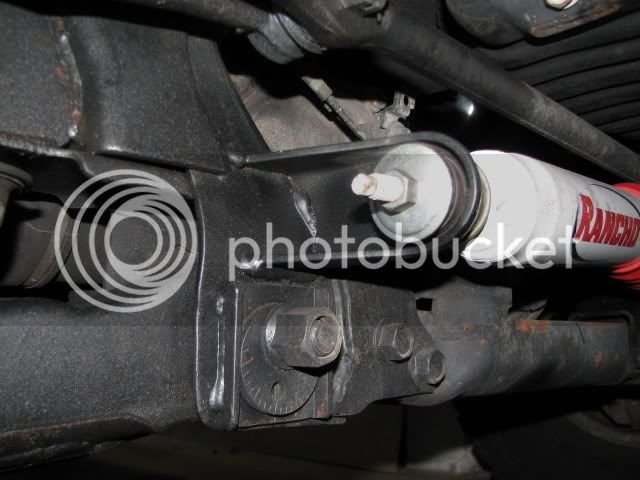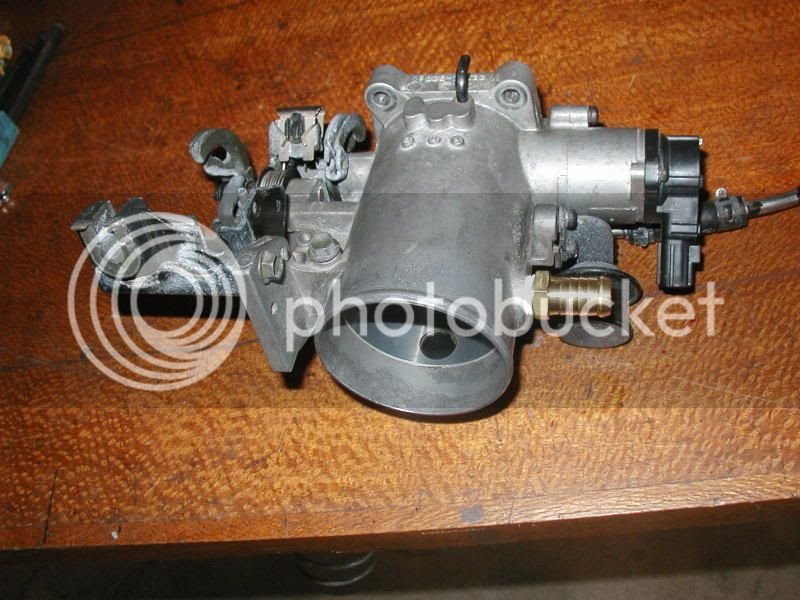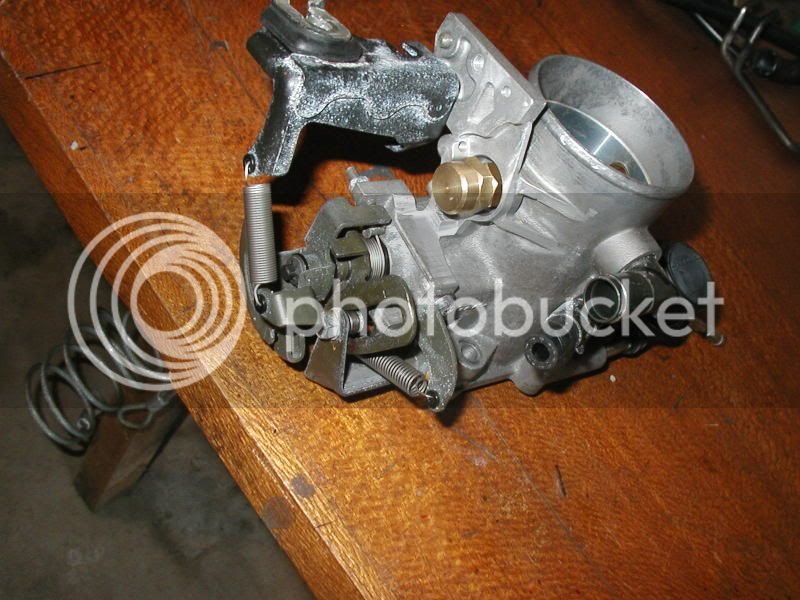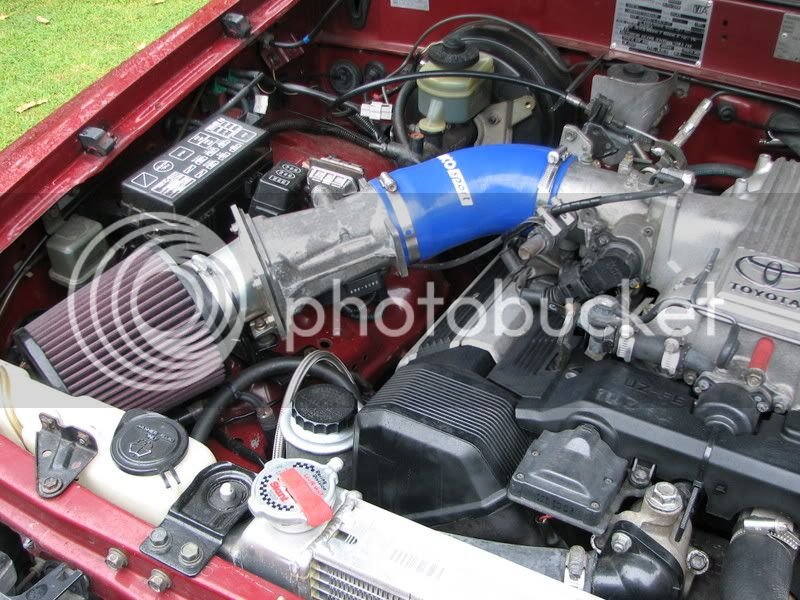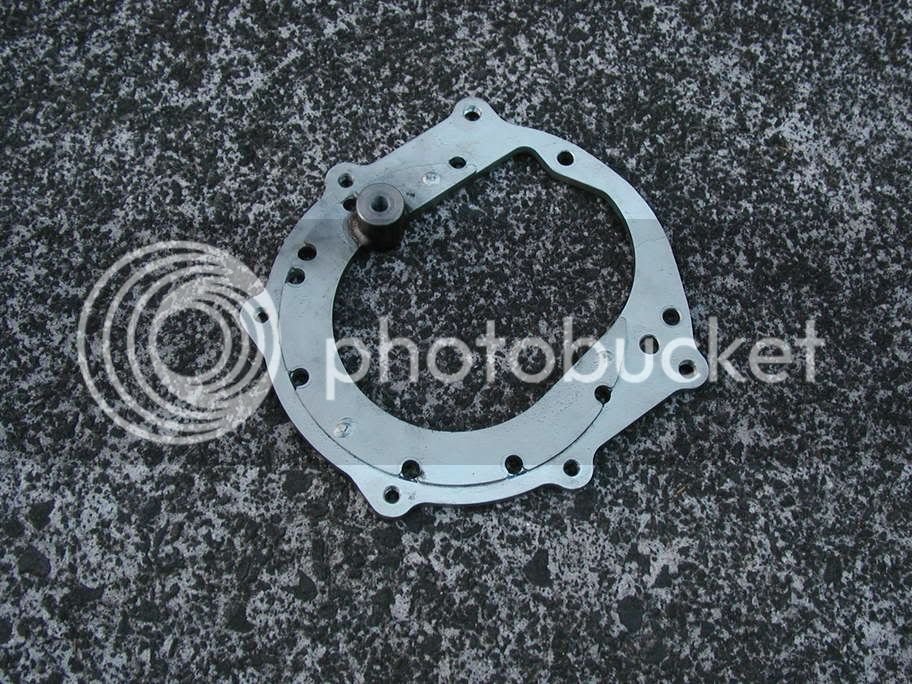And now for the headers....
I was thinking of using the factory headers but found that it wouldn't be a straight bolt-in job.
The primaries on the passengers side will fit, but on the drivers side, they would need to be shortened & re-welded to the header flange so that it would fit between the engine & steering rod.
I didn't really like the look of the factory headers, and I thought if I modified them to fit, I probably wouldn't be happy with them.
It wouldn't take long to modify them and make them work, but it would take a huge amount of time to make up my own headers!
Modify factory headers and get the Surf running sooner.
Or brand new equal length 4 - 1 pollished silver HPC coated headers.
Hmmmmmm............
I though bugger it....
If I had to modify the factory headers to make them fit, I may as well start from scratch and make a complete set of new headers.
I made a paper template for the header flange and drew it up on CAD, printed it, then cut it out and fitted it to make sure it would fit and everything lined up.
The CAD file was sent to the laser cutters to have them cut out of 10mm steel plate.
I bought 14/41mm dia mandrel U-bends, 3m of 16G/41mm dia exhaust tubeing & 2/4 into 1 collectors.
I was in business!!!
Once the flanges were cut, I picked them up and rushed home to see how they would fit.
They fitted perfectly.
I bolted them to the heads and started cutting the bends into sections and tacking them in place with my mig welder. (But not to the header flange).
This wasn't as easy as it sounds!
I had to guess the right shape so that they would all be the same length when they reached the collector, and also have enough clearance around the steering, engine mounts, suspension, clutch slave cylinder, floor and each of the other primaries.
This took several attempts of recutting & retacking the primaries and seemed to go on forever but I finally got it sorted out and ended up with a maximum of about 10mm difference in length between the primaries where they met at the collector.
Once I had all of the primaries tacked (I haven't tacked them to the header flange yet), I removed them and gave them to a friend who tig welded them.
Here's a pic of the right hand side headers with the primaries tacked and ready to be tig welded.
They're just sitting in the header flange.
